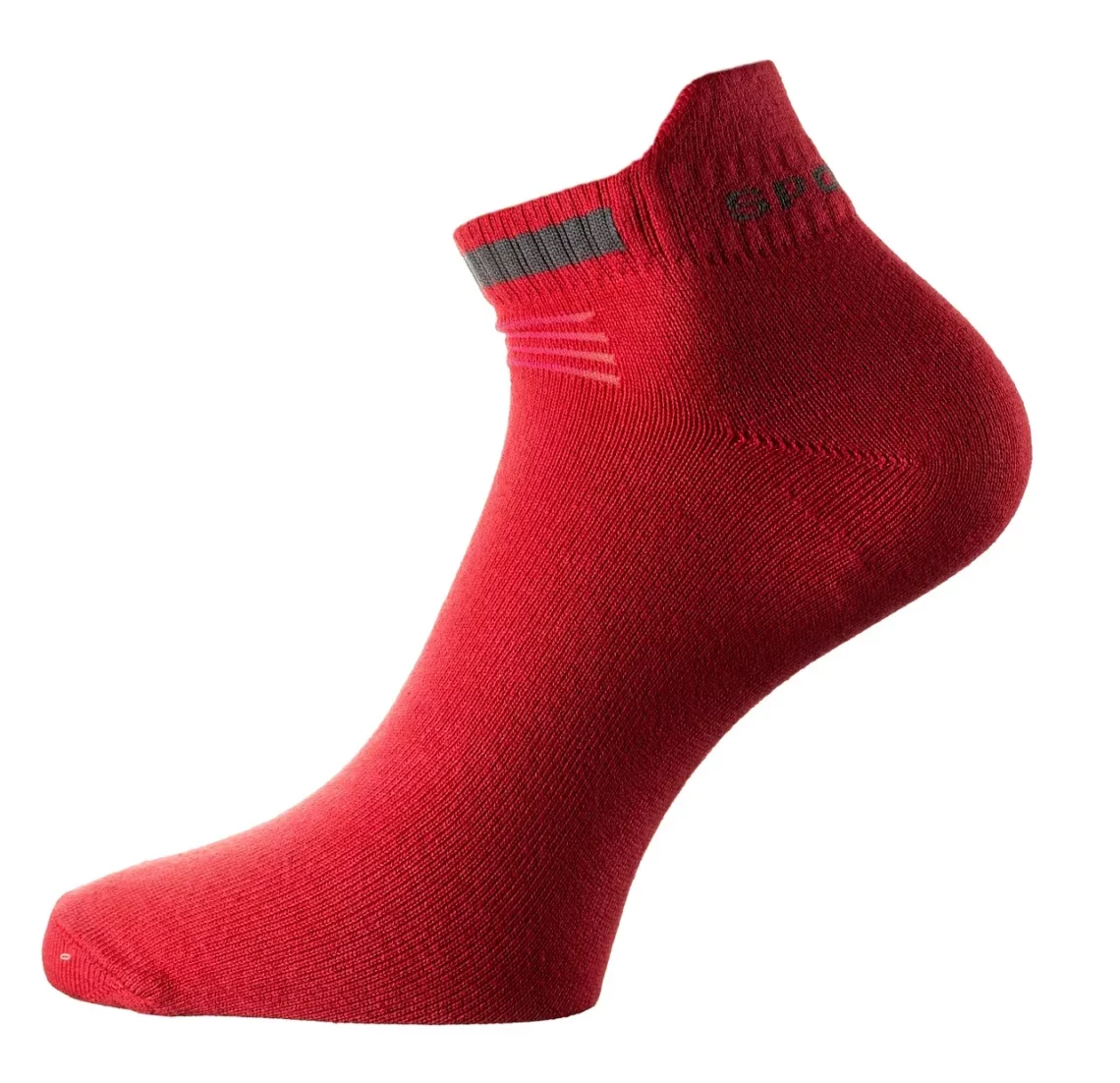
The Ultimate Guide to Choosing the Best Men’s Winter Socks
When winter arrives, it brings with it not only beautiful landscapes and festive cheer but also a host of challenges, especially when it comes to keeping warm. One of the most crucial aspects of winter clothing is often overlooked: socks. While they may seem like a small detail in the grand scheme of winter attire, the right pair of socks can make a significant difference in comfort and warmth. Cold feet can ruin a day outdoors, whether you’re skiing, hiking, or simply enjoying a winter walk.
Choosing the right winter socks involves understanding materials, insulation, fit, and moisture-wicking properties. It’s essential to consider how you plan to use them, as different activities may require different types of socks. With a wide array of options available, from thick wool socks to lightweight synthetic blends, it’s easy to feel overwhelmed. However, with a few key insights and considerations, you can make an informed decision that will keep your feet cozy and dry all winter long.
Let’s delve deeper into the various aspects to consider when selecting the ideal men’s winter socks.
Understanding Materials: The Foundation of Warmth and Comfort
The material of your winter socks plays a pivotal role in determining their insulation, moisture management, and overall comfort. The most common materials used in winter socks include wool, cotton, and synthetic fibers. Each of these materials has unique properties that influence performance.
Wool is often regarded as the gold standard for winter socks. Merino wool, in particular, is favored for its softness, breathability, and natural insulation properties. Wool can wick moisture away from the skin, keeping your feet dry and warm, even in frigid conditions. Additionally, it has natural odor-resistant properties, making it ideal for extended wear. Whether you’re hiking in the snow or enjoying a cozy evening by the fire, wool socks provide excellent thermal regulation.
Cotton, while a popular fabric for everyday wear, is not the best choice for winter socks. It absorbs moisture, which can lead to dampness and cold feet. When cotton gets wet, it loses its insulating properties and can cause discomfort. For winter activities, it’s best to avoid cotton socks altogether.
Synthetic materials, such as polyester and nylon, offer enhanced durability and moisture-wicking capabilities. These materials are often blended with wool to create socks that provide both warmth and breathability. Look for socks that feature a combination of materials to enjoy the benefits of each.
In summary, understanding the materials used in winter socks is crucial for making an informed choice. Wool remains a top contender for its warmth and moisture management, while synthetic blends can provide durability and comfort. Avoid cotton to ensure that your feet stay warm and dry throughout the winter months.
Insulation and Thickness: Finding the Right Balance
When it comes to winter socks, insulation is key to keeping your feet warm. The thickness of a sock often correlates with its insulating properties, but finding the right balance is essential. Thick socks may seem like an obvious choice for warmth, but they can also lead to discomfort if they don’t fit well in your footwear.
Thicker socks tend to provide more insulation, trapping heat effectively. However, they can also take up more space in your shoes, which might lead to a tighter fit and reduced circulation. When selecting winter socks, consider the type of footwear you plan to wear them with. If you’re using insulated boots, thicker socks may be appropriate. On the other hand, if you’re wearing lighter shoes, opt for medium or lightweight socks to avoid discomfort.
Layering is another effective strategy for cold weather. Some individuals choose to wear a thin moisture-wicking sock as a base layer, followed by a thicker insulating sock on top. This approach allows for better moisture management while still providing the warmth needed in frigid conditions. However, ensure that the combined thickness of both socks does not compromise the fit of your footwear.
Ultimately, the best insulation and thickness depend on your personal comfort preferences and the specific activities you plan to engage in. Testing different thicknesses with your winter footwear can help you find the perfect balance for warmth and comfort.
Fit and Construction: Ensuring Comfort and Performance
The fit and construction of winter socks are critical factors that can greatly affect your overall comfort level. Socks that are too tight can restrict circulation, leading to cold feet, while those that are too loose may bunch up or slide down, causing blisters and discomfort during wear.
When selecting winter socks, pay attention to sizing. Most brands provide a size chart that correlates sock sizes with shoe sizes. Ensure that you choose the appropriate size for a snug yet comfortable fit. A well-fitting sock will stay in place throughout the day and provide optimal warmth and support.
Another important aspect of sock construction is the presence of cushioning. Many winter socks come with cushioned soles, which provide additional warmth and comfort during prolonged wear. This cushioning can help absorb impact and reduce fatigue, especially during outdoor activities. Look for socks with targeted cushioning in areas such as the heel and toe for enhanced comfort.
Additionally, consider the design elements of the socks. Seamless construction or flat seams can minimize irritation and prevent chafing, making them ideal for long days on your feet. Some socks also feature arch support, which can provide additional comfort, especially during active use.
In summary, the fit and construction of winter socks are vital for an enjoyable winter experience. Opt for socks that fit well, provide cushioning where needed, and have features designed to enhance comfort. A great pair of winter socks can make a world of difference in how you feel during the colder months.
Moisture Management: Keeping Feet Dry and Comfortable
One of the most critical aspects of winter socks is their ability to manage moisture. Wet feet can lead to discomfort, frostbite, and even hypothermia in severe conditions. Therefore, selecting socks with effective moisture-wicking properties is essential for maintaining warmth and comfort.
Look for socks that are designed specifically for moisture management. Many high-quality winter socks incorporate materials that wick moisture away from the skin to the outer layers of the sock. This process helps keep your feet dry, reducing the risk of blisters and cold feet. Wool, particularly Merino wool, excels in moisture-wicking, making it an excellent option for winter wear.
Additionally, some synthetic fibers are engineered to enhance moisture management. These materials can help regulate temperature and keep your feet dry, even during high-intensity activities like skiing or snowshoeing. When choosing winter socks, consider how active you plan to be and select moisture-wicking options that will keep you comfortable throughout the day.
In addition to sock material, proper care is essential for maintaining moisture-wicking properties. Always follow the washing instructions provided by the manufacturer. Avoid fabric softeners, as they can clog the fibers and reduce moisture-wicking effectiveness.
By prioritizing moisture management in your winter sock selection, you can ensure that your feet stay dry and warm, allowing you to enjoy all that winter has to offer.
Remember, this article is not intended as medical advice. If you have any health concerns, please consult a qualified healthcare professional.




